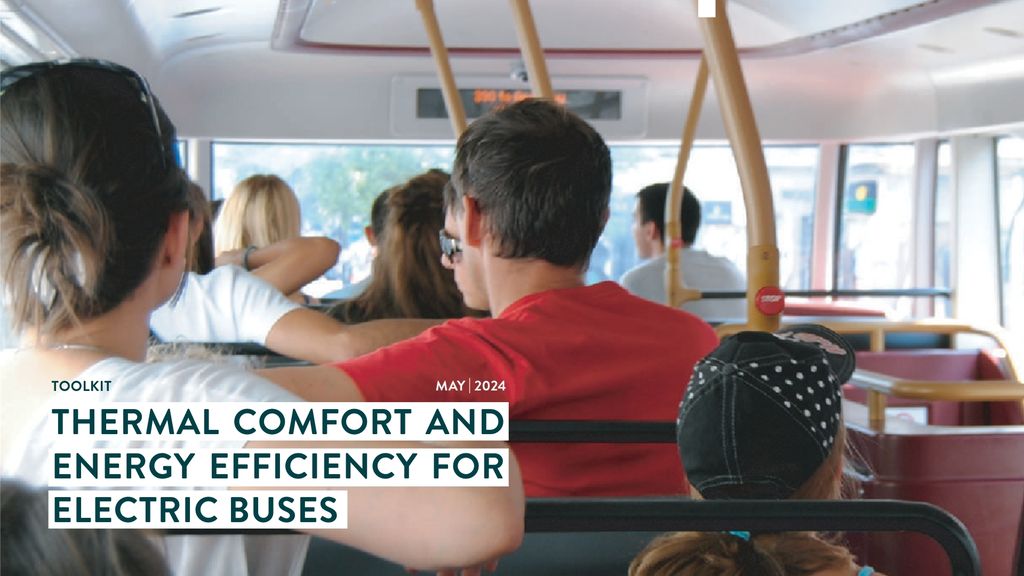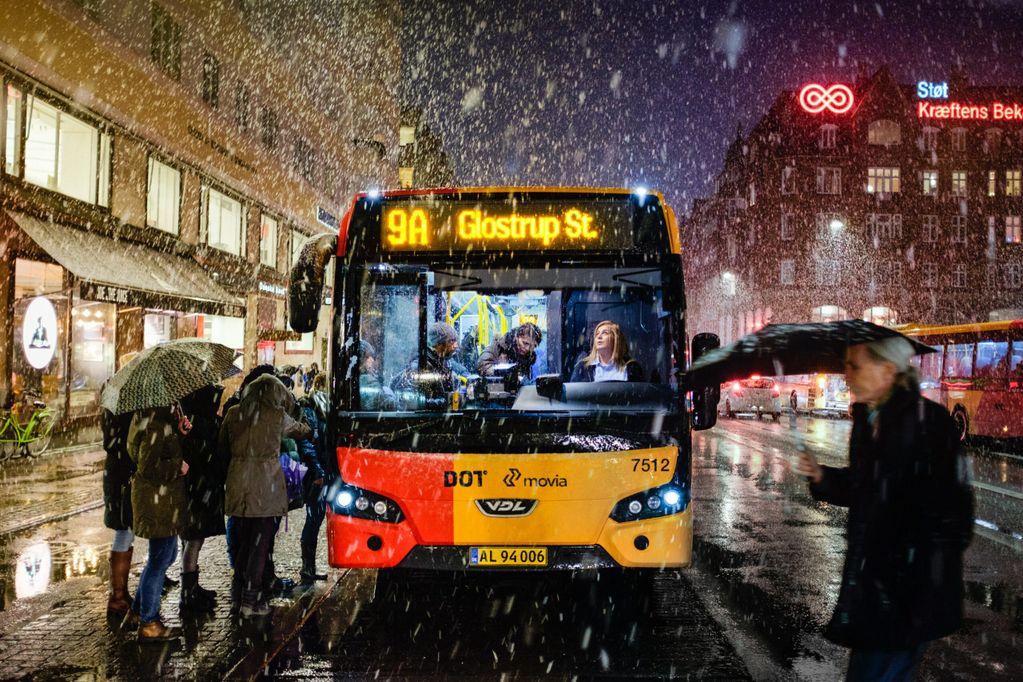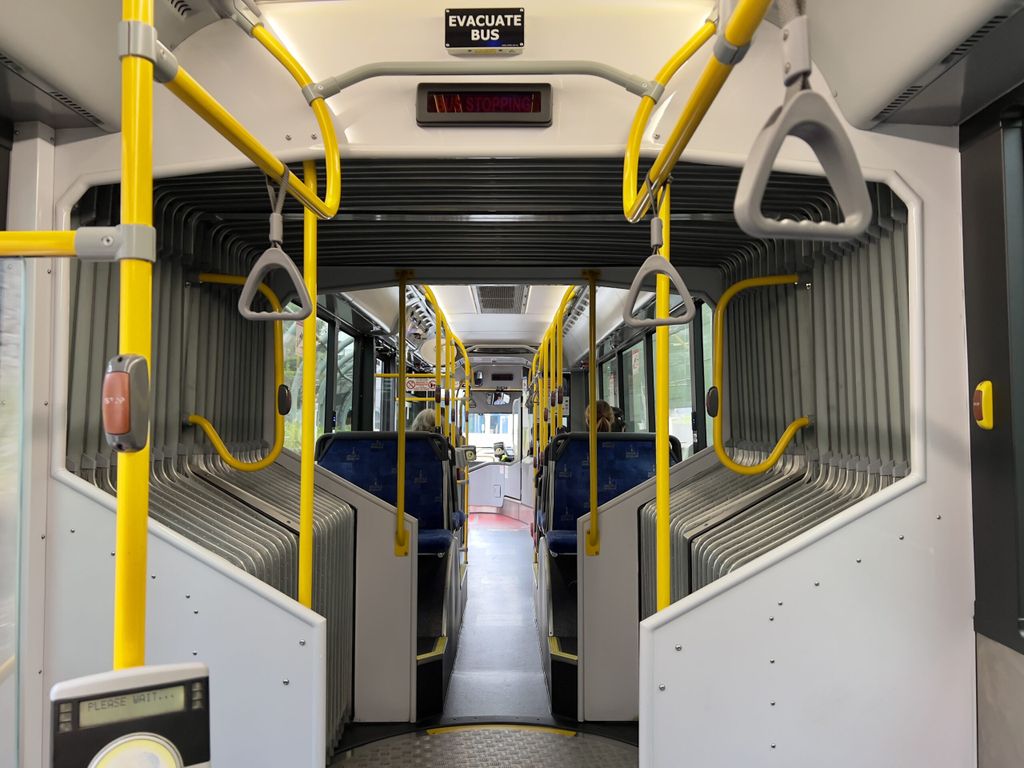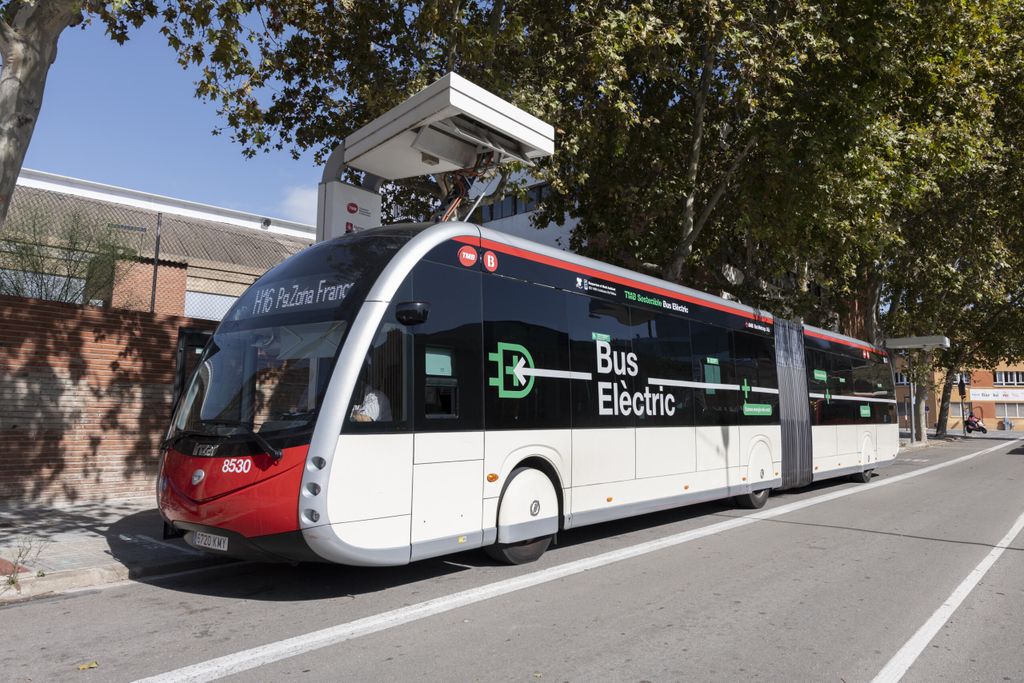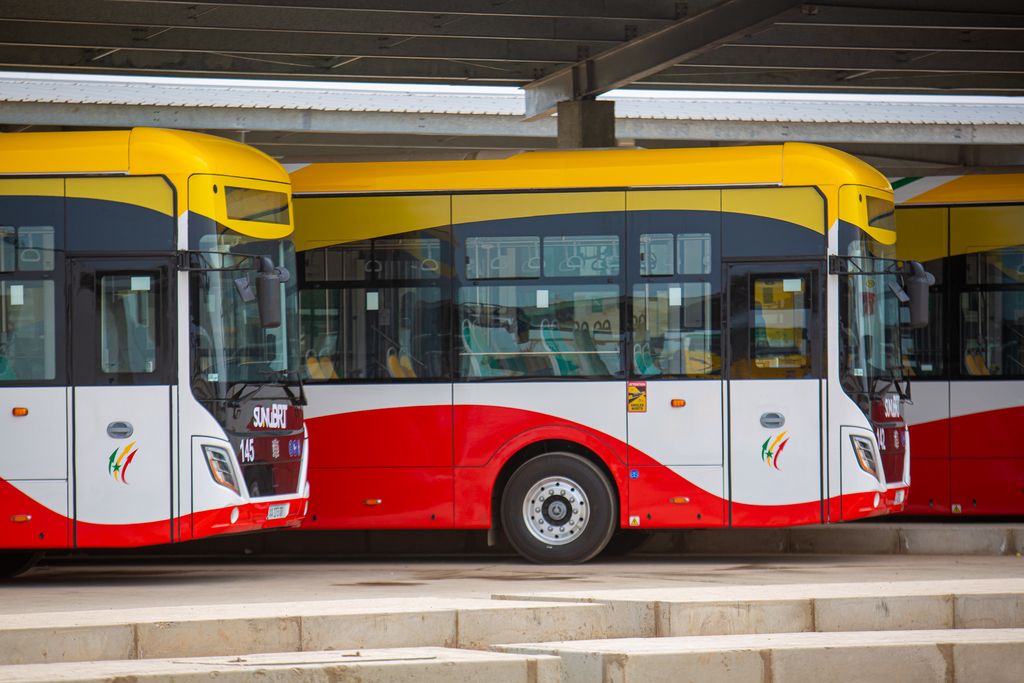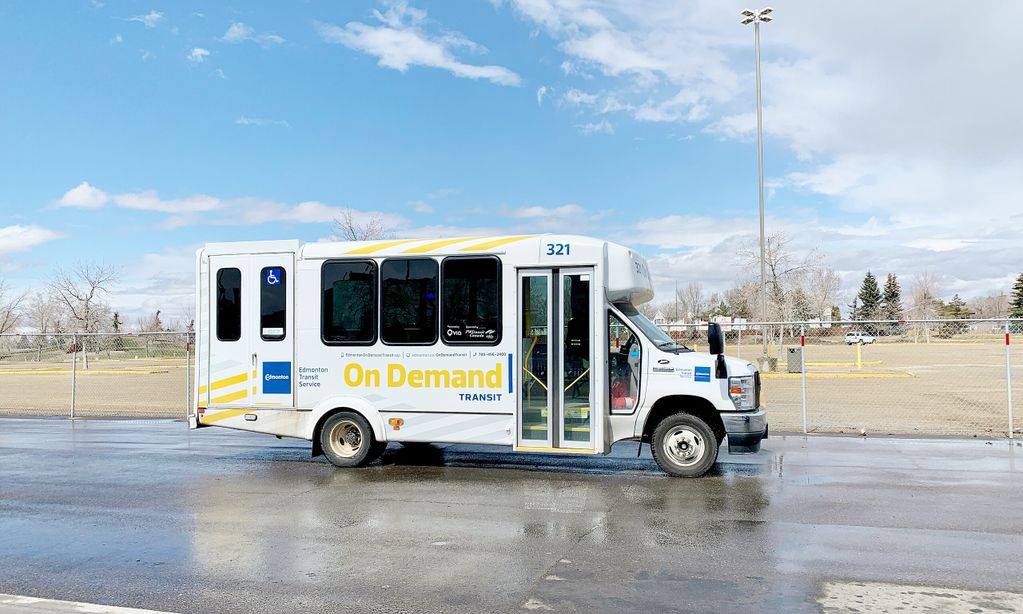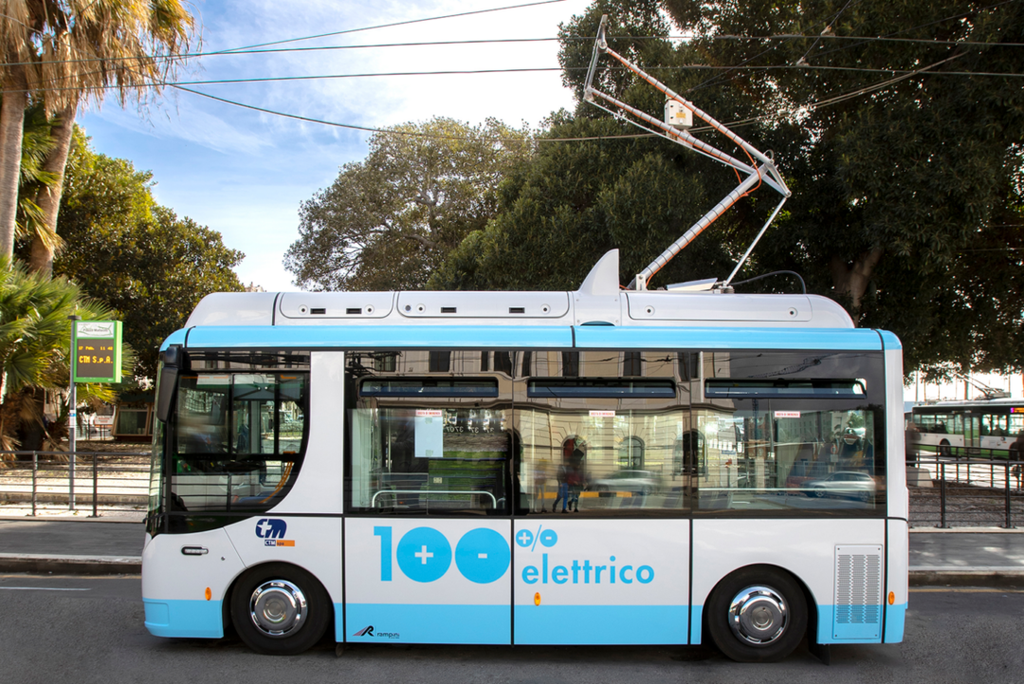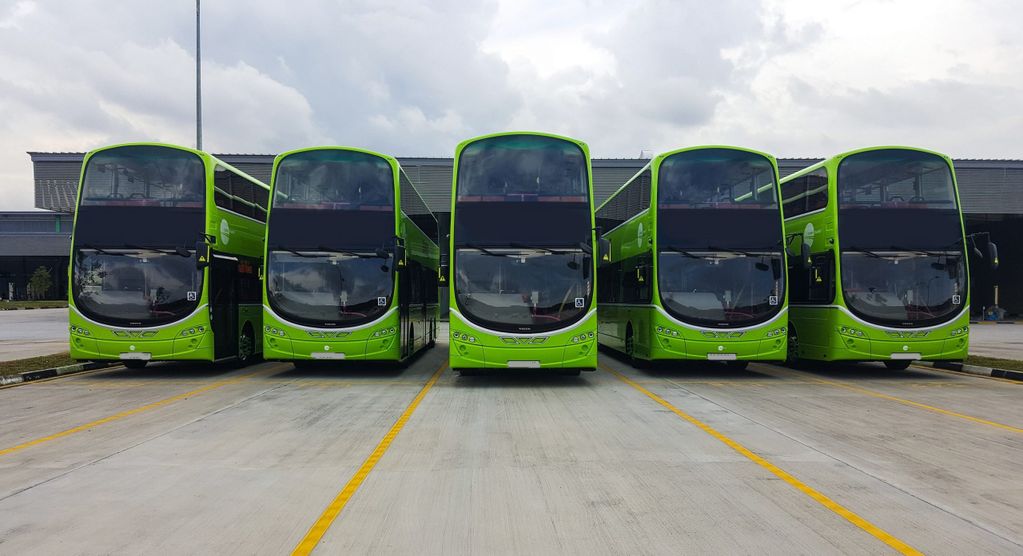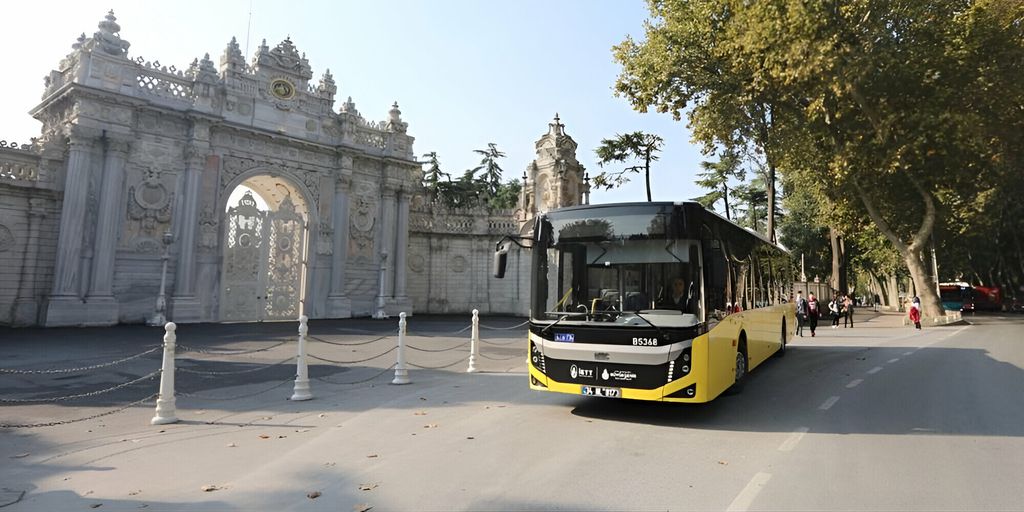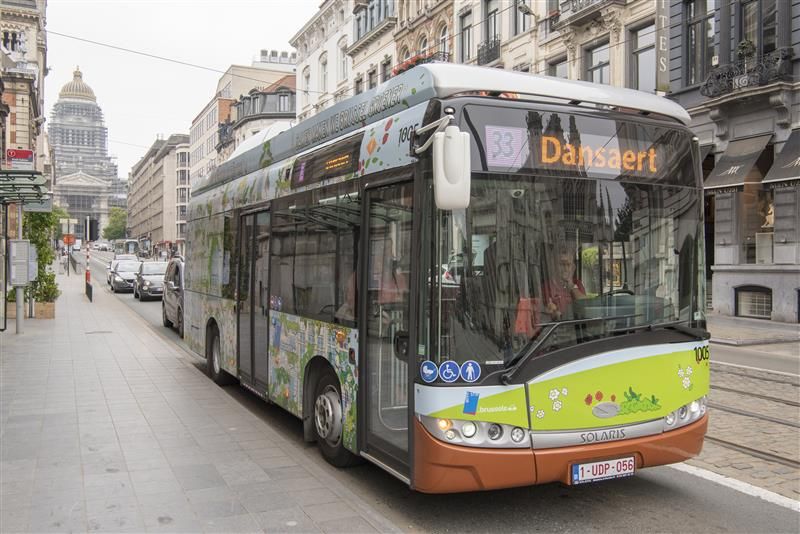
Thermal Comfort and Energy Efficiency for Electric Buses
A toolkit for a comfortable passenger experience
For both health and comfort, a bus cannot be too cold or too hot for passengers. But electric buses are prompting us to change how we regulate temperature.
With a combustion engine, bus operators can play it safe and put the heating heating higher in the winter and air conditioning lower in summer. Not only is this inefficient and sometimes unnecessary, but electric buses have limited energy storage capabilities and so this is no longer feasible. Given this, we must reconsider our strategy.
Across several cities, the UITP Bus Committee analysed the impact of heating and cooling on the energy efficiency and range of battery electric buses.
“The research reveals that in cold regions, heating can account for more than half of total energy consumption, as observed in cities like Stockholm, Sweden and Ottawa, Canada. Similarly, cooling in hot regions, such as Australia, can consume at least a third of the total energy.”
This new toolkit guides a successful holistic thermal comfort strategy for bus operators. UITP’s Working Group on Thermal Comfort & Energy Efficiency conducted tests in cities across the world, and in various climates, which formed the basis of this extensive toolkit and report. As a result of these resources, the toolkit aims to enhance understanding and improve the performance of electric buses, balancing energy efficiency with passenger comfort.
Three key deliverables in the toolkit
Contents:
- Background and goals
- Impact of thermal comfort on quality, ridership, and energy efficiency
- Goals of the project
- Working group organisation and working plan
- UITP working group organisation
- UITP work packages and timeline
- What is thermal comfort on buses (WP1)
- What is thermal comfort
- Standards
- Methods for evaluating thermal comfort
- Major variables influencing thermal comfort
- Examples of existing guidelines
- Results of measurements under controlled environment (WP2)
- Results and key findings from measurements under controlled conditions
- Conclusions from measurements under controlled conditions
- Measurements on city buses in line operation with passengers (WP3)
- Prototype of a UITP “TC measurement standard”
- First results from cities
- Experiences with the “standard kit” from the WP3 measurement campaigns and further recommendations
- Evaluation of measurements on city buses in line operation with passengers (WP4)
- Temperature in bus and measurement sensors
- Clothing insulation
- Determination of variables
- Methodology for determination of adaptive temperature curves
- Time dependency
- Energy consumption
- Energy measurements
- Energy efficiency measures
- Recommendations
- Recommendations for operation and passenger thermal comfort
- Recommendations for buses
- Digitalisation
- Dialogue with industry
- References
- Appendix
- Survey
- Bus type
- Thermal comfort and thermal sensation from surveys
- Bus temperature
- Equations used in models
- Horizontal measurement sensors
- Clothing insulation values from measurements
- Examples of cities in climatic regions
- Clothing insulation correlations
- Adaptive temperature curves
UITP thanks Trafikförvaltningen Stockholms Lans Landsting for the sponsorship of this work, TEC Wallonia for the leadership of the Working Group, and all the members who contributed: VDV, DPP, Translink, TfL, BVG, RTM, KVB, OC Transpo, TMB, RTA, Eshot, Semitan, Ruter, GSP Beograd, VAG, Idiada, UCL, KTH, and TU Berlin.
Contact
UITP


